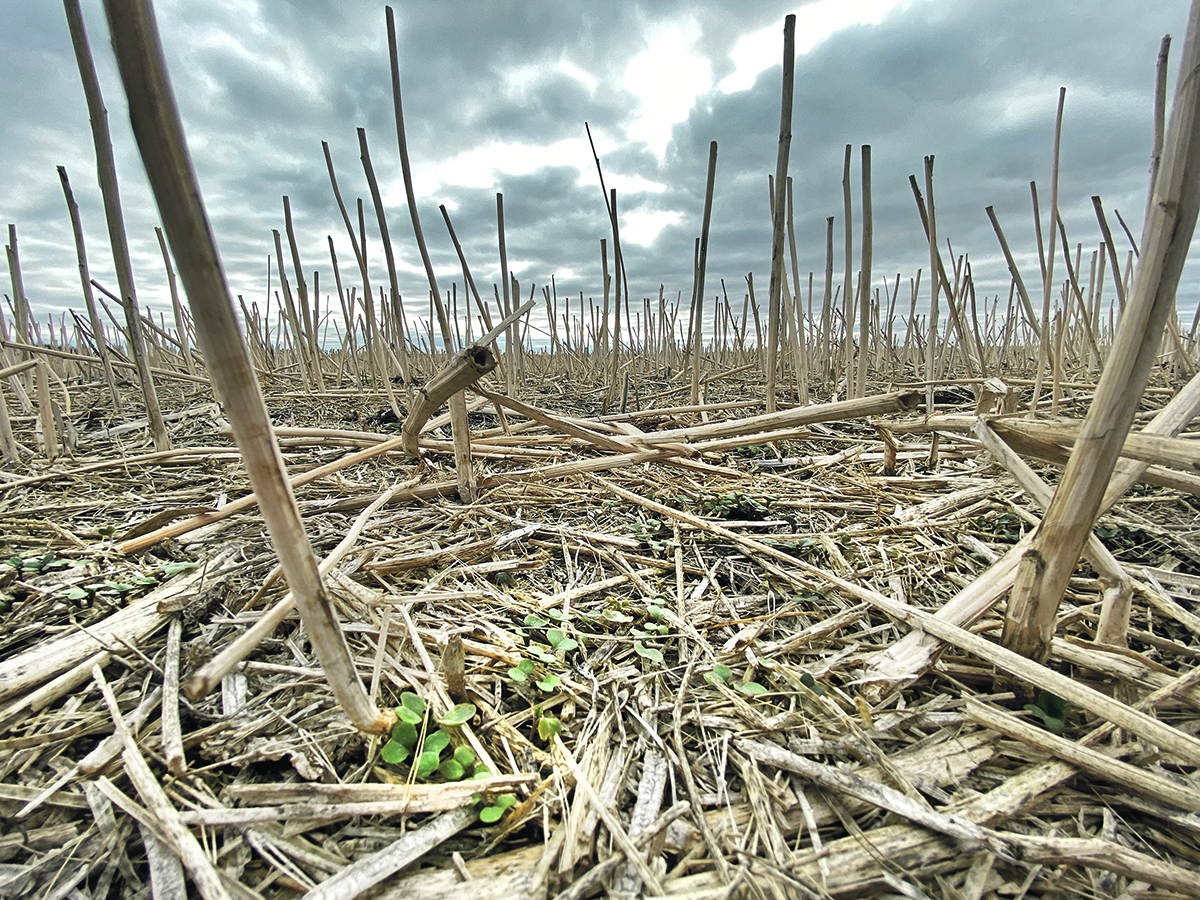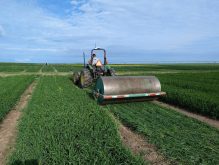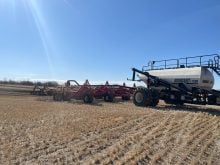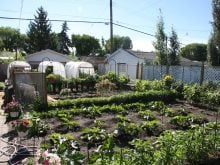A Sask. agronomist says moisture conservation and seed timing are key to better outcomes under hostile conditions
Farmers obviously can’t control Mother Nature, but can they reflect on some weather similarities over the years and come up with a management plan to hedge their bets?
Absolutely, says an agronomy specialist with the Canola Council of Canada.
Speaking at the Saskatchewan Agronomy Update in Saskatoon and online last month, Warren Ward said mindful planning can guide a crop through a number of weather conditions.
Read Also
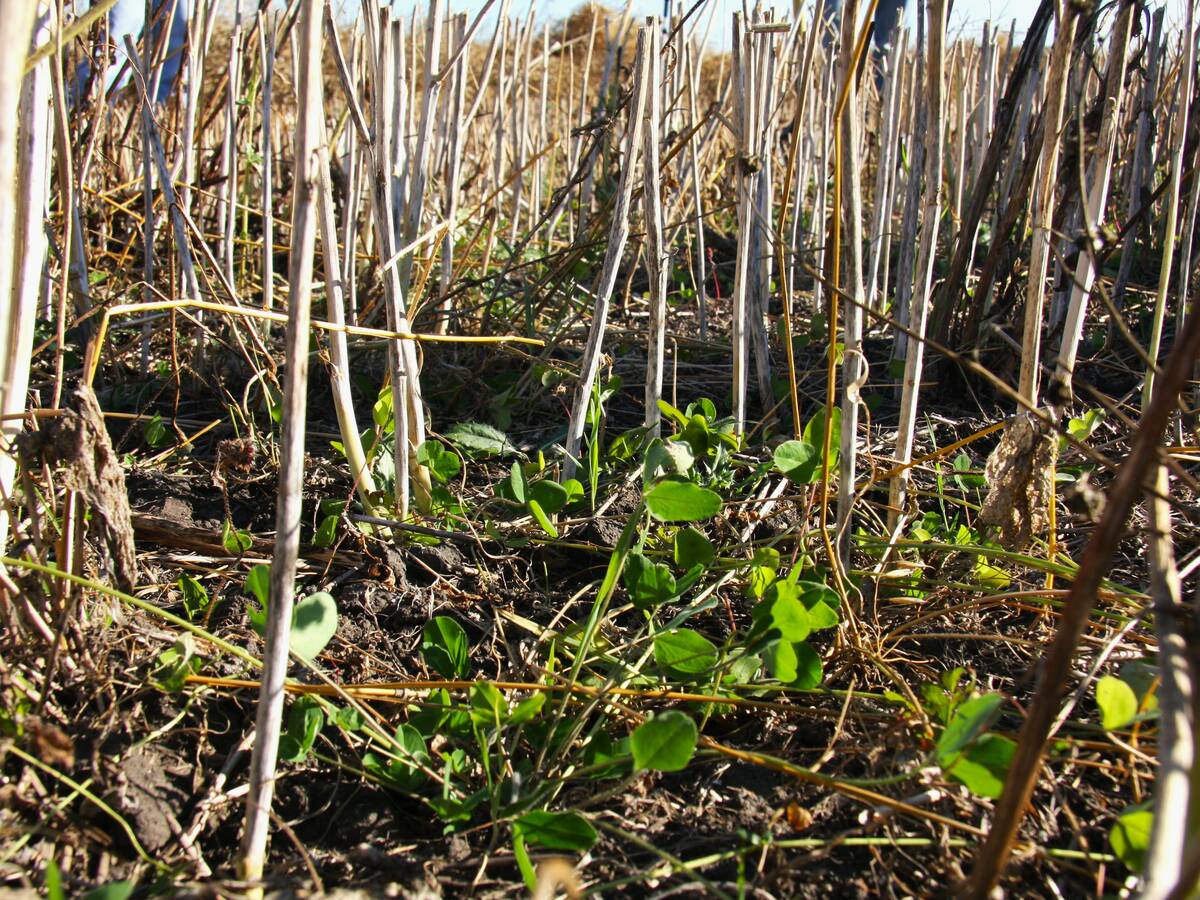
Saskatchewan project sees intercrop, cover crop benefit
An Indigenous-led Living Lab has been researching regenerative techniques is encouraging producers to consider incorporating intercrops and cover crops with their rotations.
“There’s options,” he said.
“We don’t know what next year is going to bring, so just being prepared and having the best plan in place going into next spring is going to be the most important thing.”
Ward emphasized that the Prairies is a large landmass with lots of variability, so the examples he gives may not be relevant to everyone. However, he encouraged crop producers to think about their own operations and “yield robbers” from this past year.
“I’m going to talk fairly general today because when we’re talking about Saskatchewan, it’s a pretty wide area and the things I was seeing out there may not be what you were seeing in your specific area.
“So again, this is maybe a little bit more general, but I would say as we’re going through this, just kind of think about what were some of the factors that impacted yield in your specific region.”
Whether 2024 was a good crop year or a bad one depends almost entirely on who is being asked.
In a fall interview, Curtis Rempel, vice-president of crop production and innovation with the canola council, described the weather itself as the Prairies’ biggest yield robber in 2024, with both the western and eastern sides receiving extreme weather that blighted canola production.
A common pattern on many parts of the Prairies this past year was sufficient — in some cases extreme — spring rain: a major difference between last spring and the drought-ridden previous three years. However, July brought a wave of 30 C and higher temperatures that caught some crops such as canola right at flowering.
“So we look at an accumulated precipitation map for the year from April through October. You can see it looks actually not too bad, right? There’s definitely some moisture out there throughout the growing season,” said Ward.
“But if we start diving in there and looking at specific time periods within the growing season, we do see that we maybe had a good start to the year, and then comes July, the taps turned off and all of a sudden that precipitation map starts looking quite different, as well as the moisture maps.”
Hail hit the Prairies hard in August, with Saskatchewan possibly receiving the worst of the damage. Ward pointed to a slide of two farms — distant in geography — that both had hail events.
“So definitely some challenges out there this year, whether it was moisture related, temperature related or even some hail damage.”
Ward encourages producers to conserve moisture by all means feasible, as long as they recognize the weather could go in an unexpected direction.
“Any time we can keep that crop residue on the field, keep that stubble standing, catch some snow over the winter … anything we do to conserve that moisture is important. It’s going to keep that residue on the crop surface and provide that nice little insulation layer for reducing evaporation.”
Ward wondered whether some of last summer’s crop burnouts could have been avoided with earlier seeding. Because July tends to be hot more often than not, early seeding might be advisable this growing season as well, he said.
But how early is early?
Producers obviously don’t want to seed so early that their young crops are still vulnerable to frost. When it comes to canola, the council’s Canola Encyclopedia says seeding can be considered “early” from late April to mid-May, depending on the region.
With that in mind, “let’s get the crop in the ground as early as possible and try and avoid that heat period in the middle of summer that tends to come every year,” said Ward.
Early seeding always comes with tradeoffs, he added. In addition to late spring frost, early-rising insect predators can get a head start on an early-planted crop.
“Quite often we have that debate of how early is too early, and if we’re in that ground early, you’re the first one to emerge (and) the flea beetles are going to be more of a problem for you.
“So certainly, it’s not something you want to look at and say, ‘OK, this is the way we have to go.’ Be aware of the risks with that and just be prepared to manage them.”
Thanks to the variety of cultivars that are available today, farmers don’t have to make seeding decisions completely blind. Some varieties are more heat-tolerant than others, while canola, for example, is known as a cool-season crop.
Still, there’s room for more strategic selection and trying some different methods, said Ward.
“Most people are growing more than one hybrid, and with that there’s likely a difference in maturity there,” he said.
“The common sentiment, I think, is to seed that late-season or longer-maturing variety first and take advantage of that. And then as we get later on into the seeding season, then we’ll come in with that early-maturing variety.
“And quite often, what we see in that situation is — come harvest time — maturities are pretty even and everything has equalized throughout the growing season.”
However, producers who really want to spread out their risk in the face of unknown environmental conditions may want to do the opposite, said Ward.
“Why not seed that early-maturing variety first and really try and beat some of that early heat and then come in with the later-maturing variety afterwards? Now we’ve got a little bit of separation in terms of when those fields come into flower and (it) also spreads out some of the management throughout the year as well.”


